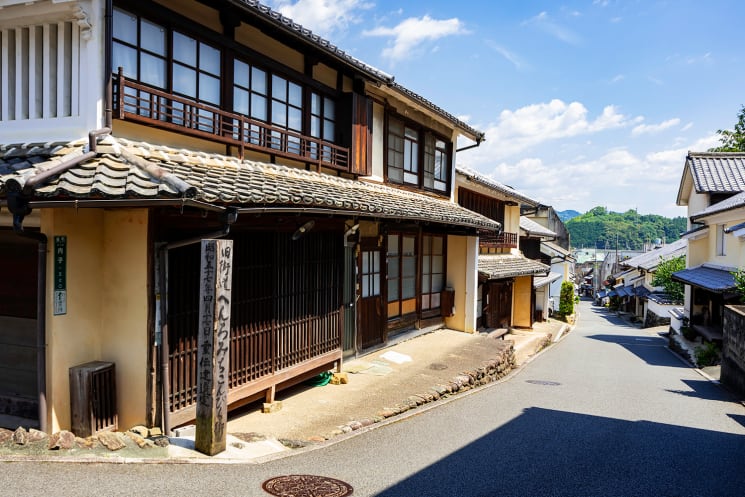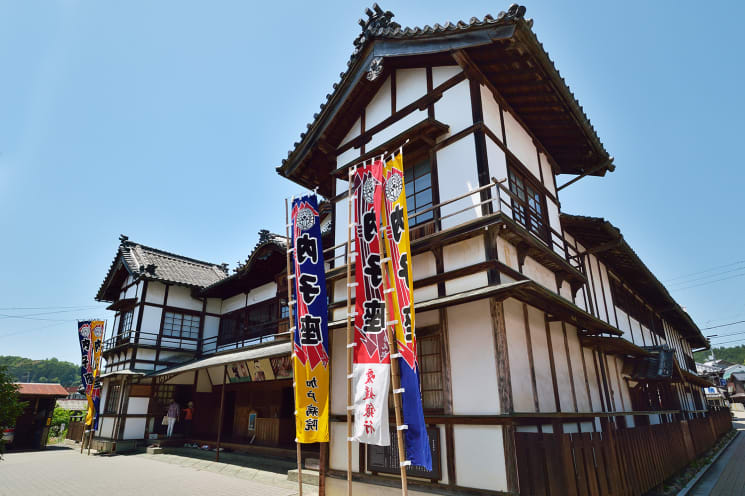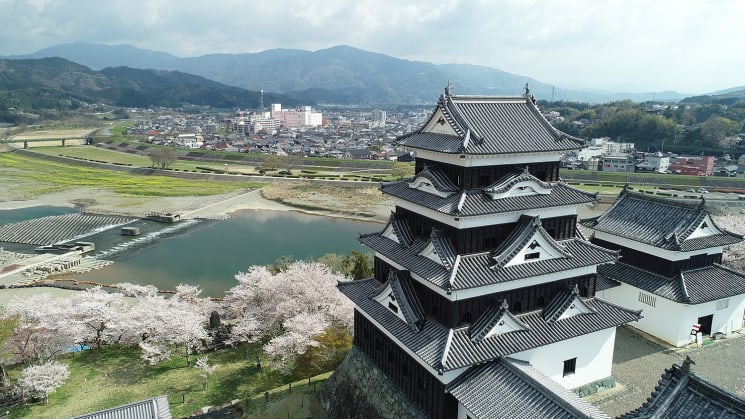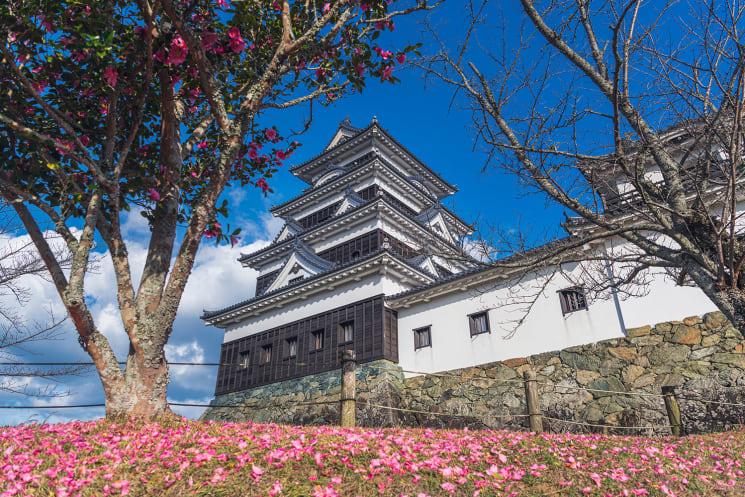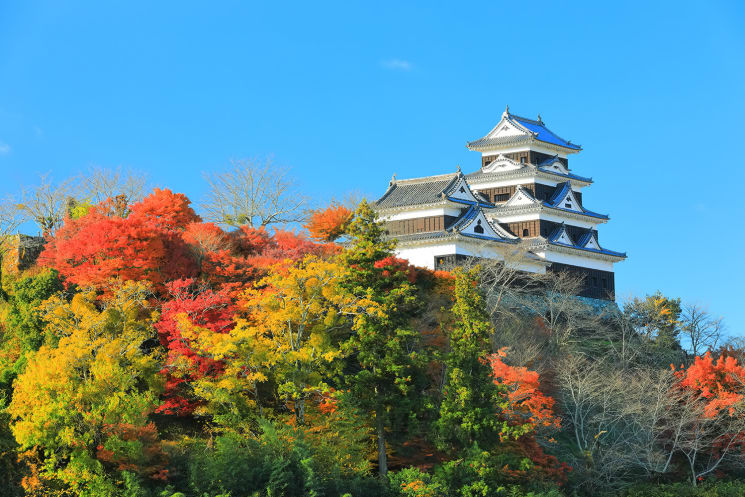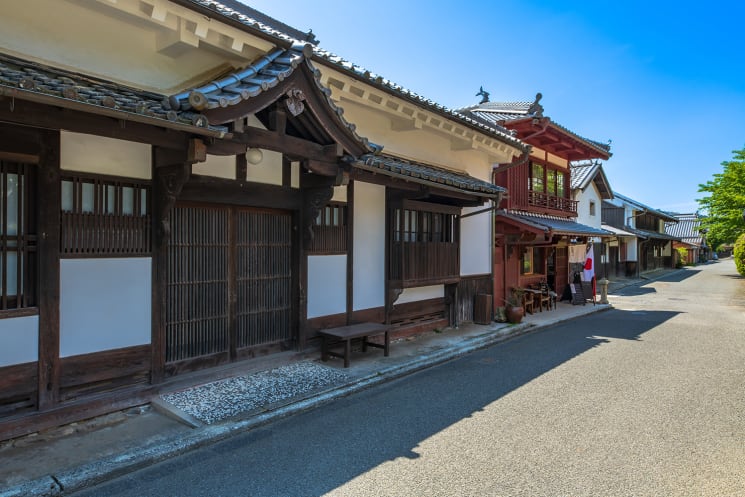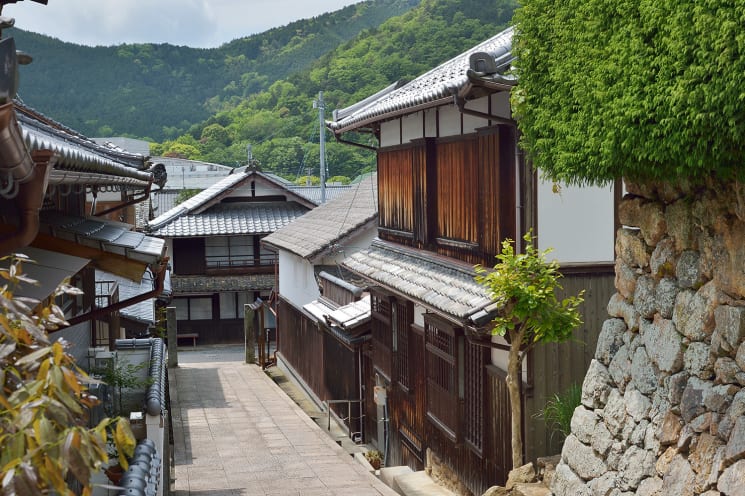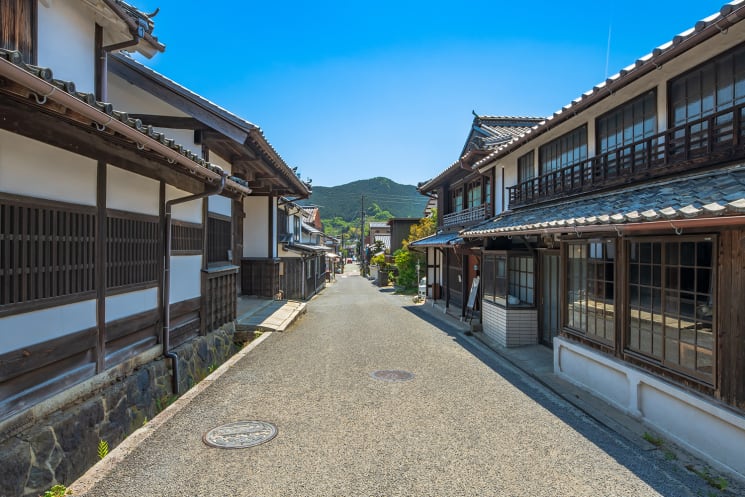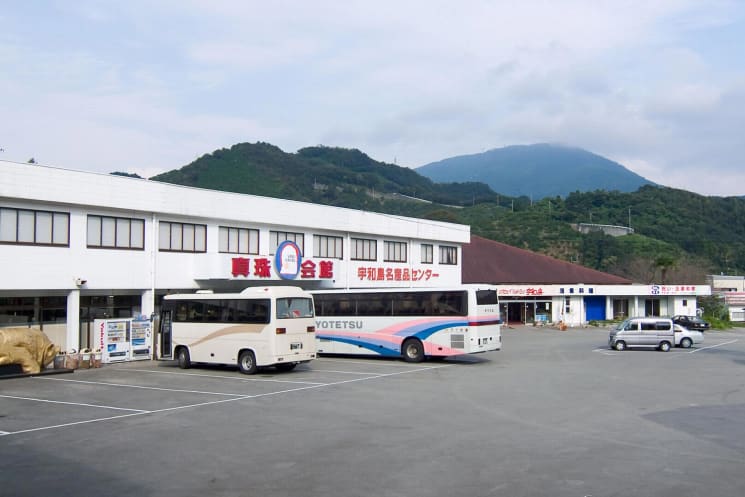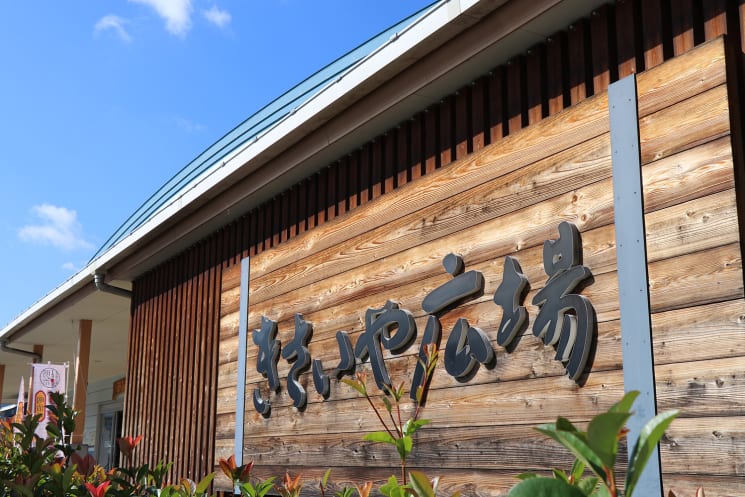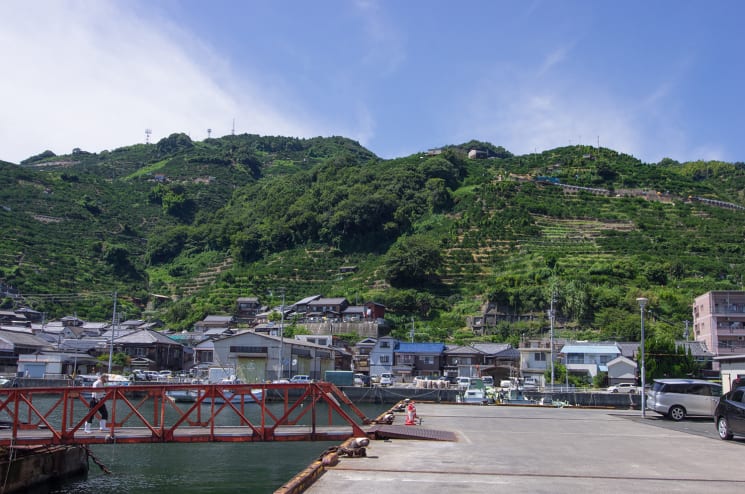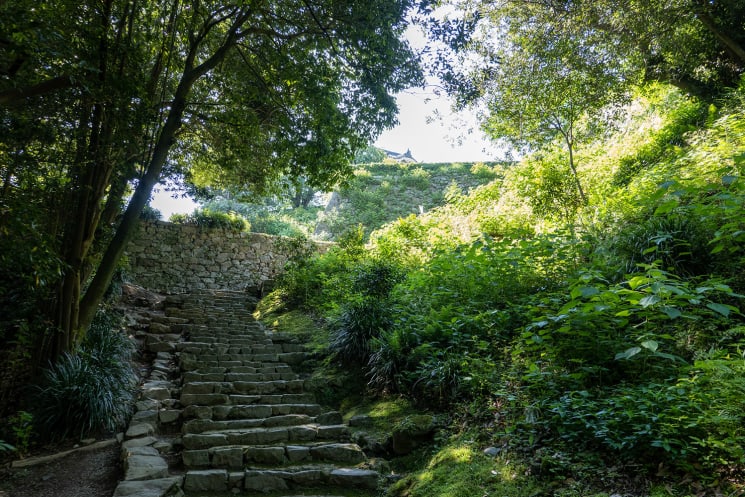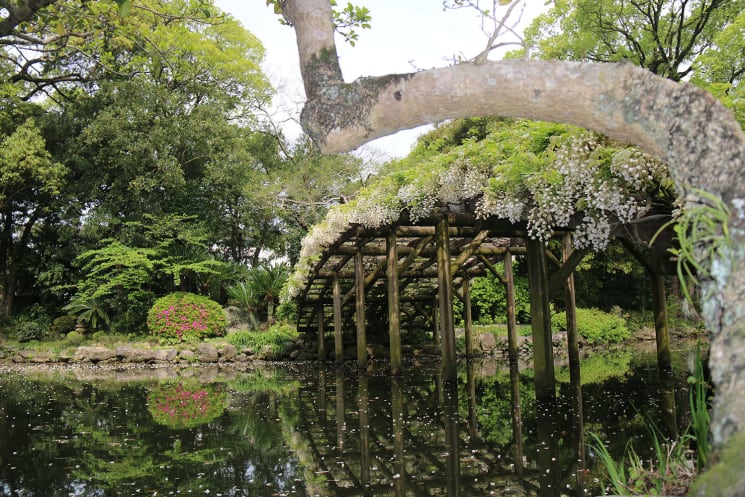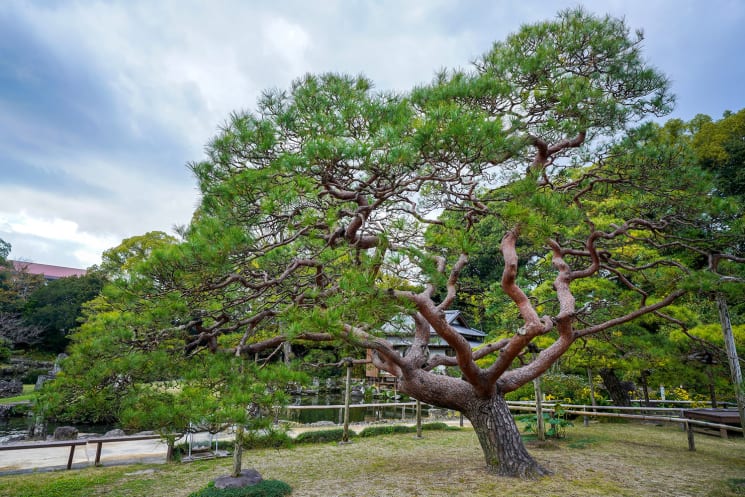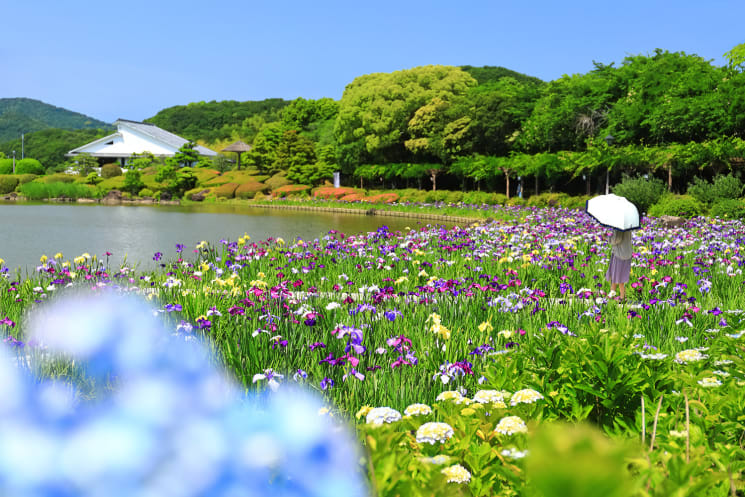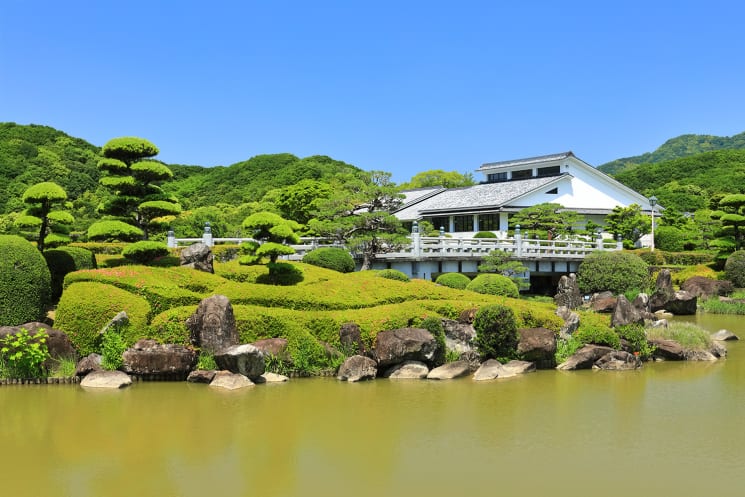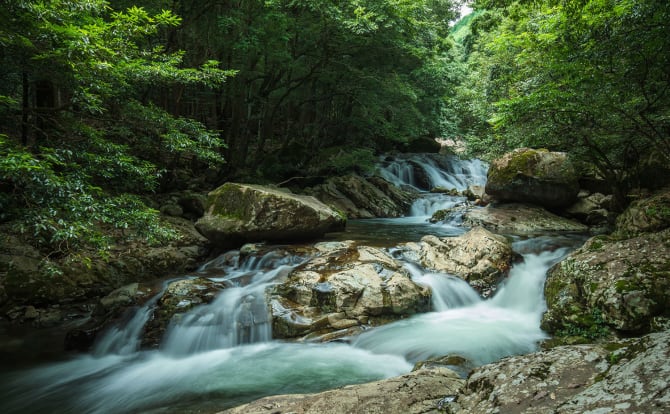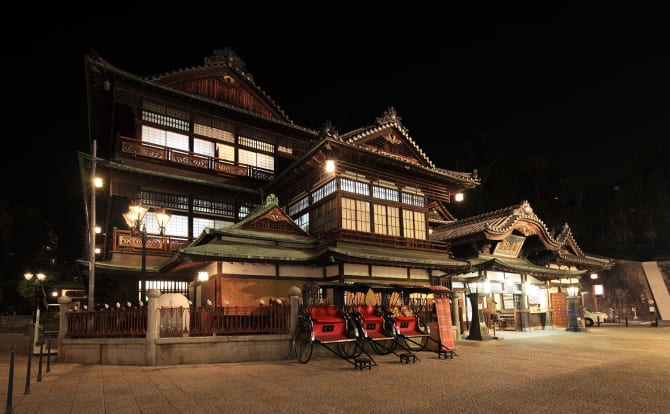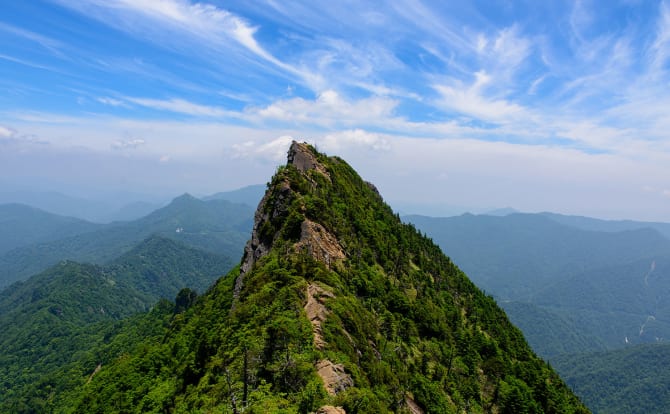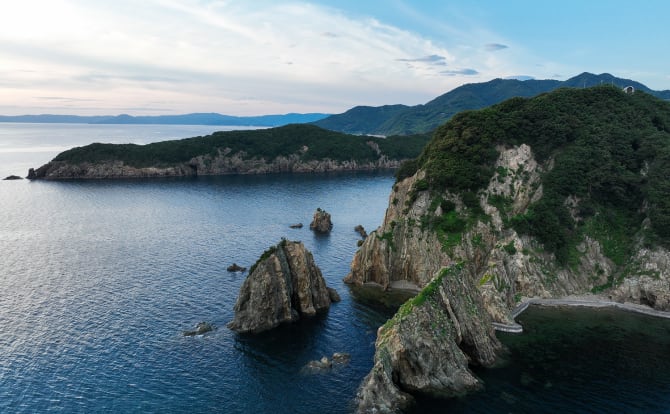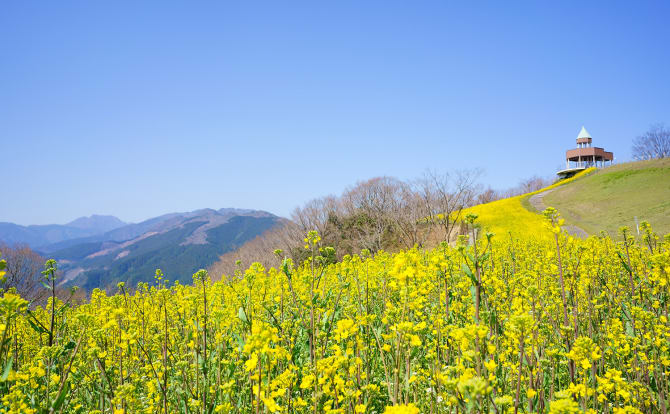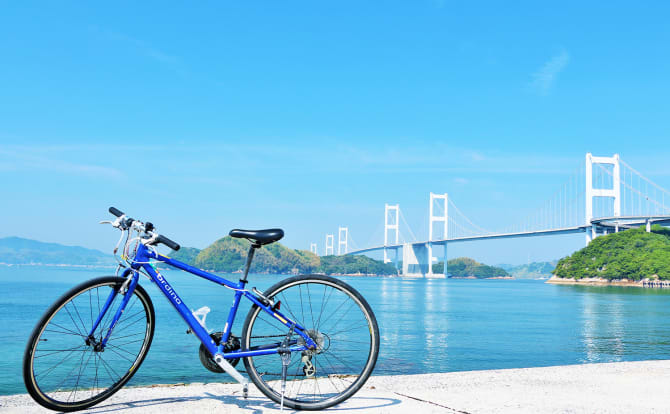 ITINERARY
ITINERARY
Discover both the city of Matsuyama and historic and wild southern Ehime

Recommended Length: 1 Day
Take in the highlights of Matsuyama city before travelling on further to the historic towns of Uchiko and Ozu. An overnight stay in Uchiko is another great option for visitors as the town offers traditional Japanese houses for accommodation among its iconic white and cream walled townhouses. “Uwajima Taimeshi” (sea bream rice) is a local specialty of southern Ehime. Originally created by fishermen, the taimeshi with fresh sea bream sashimi melts in the mouth and is only served in this region. Don’t miss it!

Day 1
-
Yokaichi and Gokoku Historical District
Explore a charming, traditional townscape
Visit the historical townscape of Yokaichi and Gokoku in the city of Uchiko. Around 93 buildings from the Edo, Meiji, and Taisho periods (1603–1926) line a 600-meter stretch of the main street through the old town. You can learn about the history of the area and ongoing conservation efforts at the Preservation Center, which is located in an old merchant house.
Uchiko flourished during the Edo (1603–1867) and Meiji periods (1868–1912) as a major producer of lumber, silk, and wax. Several residences once owned by local merchants are available to tour. Other properties have been repurposed as galleries, shops, eateries, and boutique hotels.10 min -
Uchiko-Za
A beloved 100-year-old theater for Kabuki and Bunraku
This two-story traditional theater was built in the city of Uchiko in 1916 as a venue for Kabuki and Bunraku (Japanese puppetry). It was saved from demolition and restored in 1985 thanks to the efforts of the local community, and remains in active use today. Volunteer guides show visitors around the theater, explaining its history and pointing out interesting features such as its trapdoors and rotating stage. Explore the backstage and underground areas, stand on the center stage and imagine yourself a Kabuki star, or simply sit in the audience seats and take in the beautiful architecture. Uchiko-za seats a maximum of 650 people and hosts around 60 performances a year, no longer limited to Kabuki and Bunraku.
10 min + 10 min + 10 min -
Garyu Sanso
A masterpiece of traditional architecture in a scenic setting
Step into the serene, moss-covered grounds of Garyu Sanso, a luxurious villa overlooking the Hijikawa River that was designed to blend seamlessly with the surrounding nature. The villa was constructed over ten years by master craftsmen in the Meiji period (1868–1912).
The main building, the Garyu-in, is a single-story structure with a thatched roof, and rooms opening out onto the grounds. One of the rooms is designed for Noh theater, and has ceramic pots under the floor to enhance the acoustics. At the opposite end of the garden is the Furo-an, a tea house built to overhang the river on wooden supports set into the cliffside. It is designed with a clever concave ceiling that illuminates the room with light reflecting off the surface of the river.10 min -
Ozu Castle
A symbol of Ozu’s community-driven conservation efforts
Ozu Castle is one of few Japanese castles with a keep reconstructed with wood instead of reinforced concrete. Specialist architects and carpenters helped to recreate the structure with traditional joinery techniques and building materials, such as bamboo, plaster, tile, and mud. The timber was gathered from the surrounding countryside and the few iron nails needed were hand-forged by a master craftsman.
A grass-roots campaign by the citizens of Ozu led to the reconstruction of the keep and sparked interest in preserving more historical buildings in Ozu. Guests can reserve overnight stays and experience the luxury of having an entire castle to themselves, with a rousing welcome by samurai troops, fine meals, and other customizable programs.10 min + 25 min + 5 min -
Unomachi townscape
An elegant town where time progresses slowly
In this historic townscape there remain buildings from the late Edo period to early Shōwa period (approx. 1750–1945), including the Suemitsu family residence built in 1770 and a school built in the Meiji period (1868–1912).
20 min + 20 min -
Mon Pearl Shinju Kaikan (Uwajima Meisanhin Centre)
The eternal brilliance of Uwajima Pearl
The Mon Pearl Shinju Kaikan has a variety of items from pearl accessories to traditional local products. You can try your hand at making your own original pearl jewellery such as necklaces, bracelets or a mobile phone charm under the supervision of the local experts. Or bring along a keepsake and redesign it into a piece of jewellery. The adjoining Highway Restaurant Uwajima serves exquisite local dishes and is well worth a visit!
30 min + 6 min -
Michi-no-Eki Minato Oasis Uwajima Kisaiya Hiroba
A “Michi-no-Eki” with the full taste of Uwajima
This roadside station provides a wide selection of farm produce including citrus fruits, fresh fish caught in the Uwa Sea, and local products such as Uwajima Jyakoten (fried surimi). You can try the local specialty “Uwajima Taimeshi” (sea bream rice) in the food court. There is also a branch of the famous “Royce” chocolatier from Hokkaido offering over 50 varieties of products all year round. This is the only location that their products are available throughout the year in western Japan!
15 min -
Uwajima Castle
An excellently-designed strong fortress facing Uwajima Bay
Uwajima Castle, along with Matsuyama Castle, is one of Japan’s twelve originally surviving castles. Once a strong fortress facing Uwajima Bay, the castle is enclosed within an irregular pentagon-shaped land area. The castle was built by Takatora Todo, a feudal lord known for his excellence in castle design. With steep flights of stone steps along its enormous stone walls, the three-storey, triple-layer castle tower stands prominently on a hill top. Inside the castle, you can enjoy the wooden interiors along with views of Uwajima city and Uwajima Bay in the distance.
15 min -
Tenshaen Garden
A visually stunning garden with links to the Date clan
The Tenshaen Garden was built for the retirement of Munetada Date, the seventh feudal lord of the Uwajma domain. It was named after a Kanshi (Japanese poetry written in Chinese) by Masamune Date, describing the ideal way to live out a life of retirement. The garden delights visitors with seasonal flowers. A particular must-see is the arched bridge lined with white wisteria trellises known as the “ascending wisterias”. Another feature of the garden is the many varieties of bamboo surrounding a pond, associated with the “sparrow and bamboo” crest of the Date clan.
30 min -
Nanraku-en Garden
Enjoy the natural surroundings of the largest Japanese garden in Shikoku!
Nanraku-en is the largest Japanese garden in Shikoku, over four times as large as the Hanshin Koshien baseball stadium. The garden was created using the pre-eminent techniques of modern garden design. Designated as one of the “Best 100 Urban Parks in Japan”, the garden presents beautiful scenery based on the themes of “mountain, village, city, and the sea”. Come and experience the beauty of Japanese nature through each of the four distinctive seasons. The 30,000 irises in bloom around May are a particular visitor favourite!
